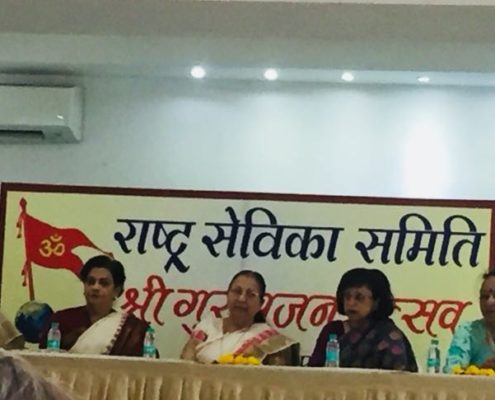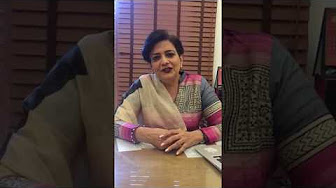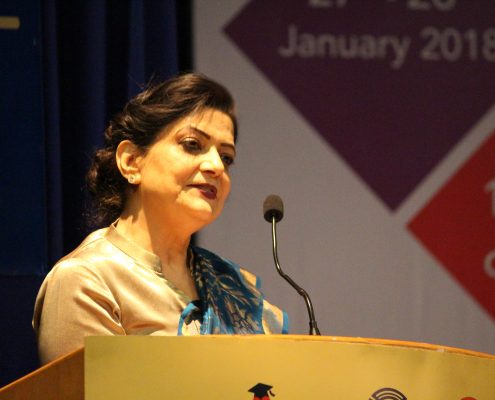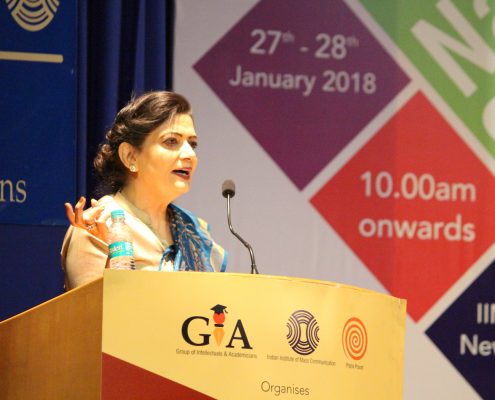History repeats itself, once as tragedy then as farce. We have repeatedly witnessed farcical mishaps but are yet to recognise tragedy as an irretrievable loss. It is no surprise that people lose their lives while crossing railway tracks in India, however it is a dismal situation that years after independence we are yet to reach an understanding with the common populace. Last week, 61 people lost their lives in Amritsar on the occasion of Dussehra. A festival symbolic of triumph over evil, will now sadly be recalled as the day innocents lost their lives. It is indeed history repeating itself for Amritsar, where days of festivities are remembered years hence for tragedies. While Jallianwala Bagh incident on Baisakhi will forever be the indelible scar that the external enemy left on India; the 2018 Dussehra incident will be remembered as a scar left by the enemy within.
If we look at the classic immediate response to tragedies in our country, we can trace an impeccable chart of blame routes. It is perhaps this area that we give our best performances at. As soon as the incident caught the eye of media, the fuel to flame was set indiscriminately. From pedestrians to the train driver to parliamentarians, to the police, to the Municipal Corporation, all have faced flak. In passing the blame, no stone was left unturned. Why are we obsessed with pinning a scape-goat rather than taking responsibility? Does it take too much ego, to be apologetic for the loss of innocent lives? Perhaps we have encouraged this blame game, by taking sides as bystanders. Perhaps we have instilled this toxic culture and we abide by it religiously, every time we assign blame.
We need scrutinise this culture more closely, because this is the AmritsarAmritsarbedrock of our management abilities. We need to attend to our culture of responsibility and adaptability, before we welcome modern age developments. Maybe we need to polish our civic sense before we aim for Shinkasen. In the age of burgeoning technological advances, catastrophes of crowd management have sadly become the prime concern. From stampedes at Elphinstone, Satraganchi, crowd management becomes foremost public safety concern.
We need to look at how citizens define civic sense. It does begin and end with keeping our surroundings clean; it is also about how we use communal spaces and for what purposes. This incident brings to light how railway tracks are used as communal spaces by many people day in and day out. Some gather here for their evening share of shenanigans, some for cutting their route short by a few steps and a couple of minutes and others simply for catching some air. The fact that they find railway tracks to suite their convenience speaks volumes about the lack of space for communal purposes in the cities. While public safety awareness must be prioritised above all, taking cognizance of citizen grievances would be the way to break free from this vicious cycle.
We could imbibe a great deal of societal goals just by looking at revolutions and their immense power to transform. The Cuban literacy campaign was one such massive success. During the year of 1961, ‘literacy brigades’ were sent out and educators were sent to train and teach the illiterate to become self sufficient in reading and writing. Post this endeavour, the national literacy rate reached to 96% almost 36% jump in one year. This tiny step to make the population literate goes a long way beyond just being able to read and write. Education and literacy are not limited to knowledge acquisition and they invariably make a person the best version of himself. We need our workers, our citizens, our parliamentarians to reach this level for the common good of all.
Let us not conspire to place the blame on one authority, one person, and one situation and satiate our need to demonise those involved in this gut wrenching accident. It would be rather more humane to register our fault lines and start working on them without much ado. The parliamentarians need to ensure safer public spaces to accommodate people. The citizens need to ensure their safety and that of others, and they need to take responsibility for their actions and instill a civic sense for their own good. As for the Municipal Corporation, this event is an eye opener, and it should be treated as a reminder for compulsory precautionary measure to avert possible damages in the future. Together we can overcome obstacles, by taking more responsibility and according less blame.






